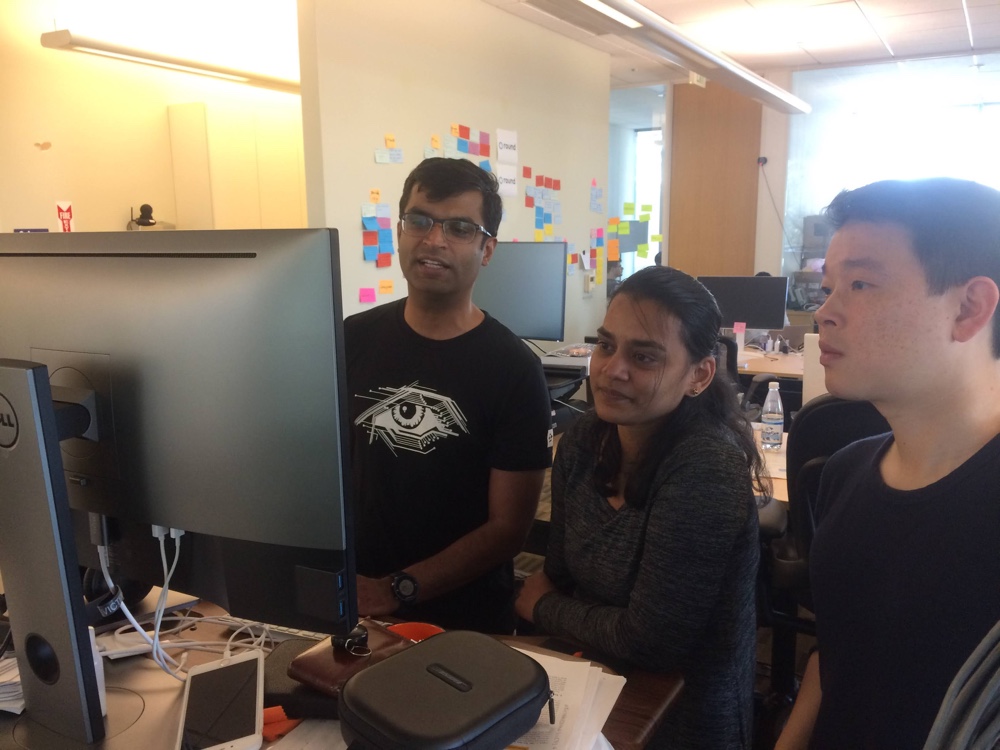-
Cross-Department Collaboration
Delivering best-in-class care is naturally a collaborative endeavor.
Curai’s core product is a virtual primary care clinic. Our engineering team builds the iOS, Android, and web applications that our patients use, as well as the web client and electronic health record (EHR) system that our clinical team uses to provide care. By nature, the work needed to deliver best-in-class care for our patients is cross-functional and collaborative.
A great example of this is the team working on building our EHR. Jen Jen Chen is a data scientist, a pediatric pulmonologist, a competitive gamer, and she serves as the product manager defining the long-term vision for our EHR. She works alongside designers, clinical operations team members, and engineers to bring the vision to life.
Mahnoor Shafi is one of the lead engineers focused on building our EHR. She considered going to medical school before deciding to become an engineer. When asked why she joined Curai, she wrote, “I wanted to join a small company where I would work on a complex problem, learn at a fast pace, and have a large impact. Having just spent a year working in an emergency room, I was drawn to Curai because they were working on issues I had seen firsthand at the hospital and wanted to help solve.” Since joining, Mahnoor has orchestrated numerous pieces of our EHR, and currently leads the charge maintaining our prescription and lab order infrastructure in collaboration with EHR-focused teammates.

-
Start-to-Finish Ownership
When we sat down as a team to brainstorm our key values, nearly all engineers highlighted Start-to-Finish Ownership.
At Curai, engineers hit the ground running starting on day one, and are involved in everything from brainstorming a feature, to maintaining it once it’s been shipped. Most of our engineers enjoy working across the stack and diving into all the details necessary to spec, code, test, QA, and ship a new feature for our patients or doctors.
On the first day at Curai, every new team member is assigned a mentor and a starter task to get familiar with the developer workflow and our code base. After that, their first project begins! For new engineers on the team, owning a feature end-to-end is a quintessential part of their first quarter. Curai engineers enjoy diving into the details all the way from feature ideation to following success metrics and fine-tuning their features for long-term success. Engineers are also encouraged to grab and own focus areas within the codebase as they learn and grow.
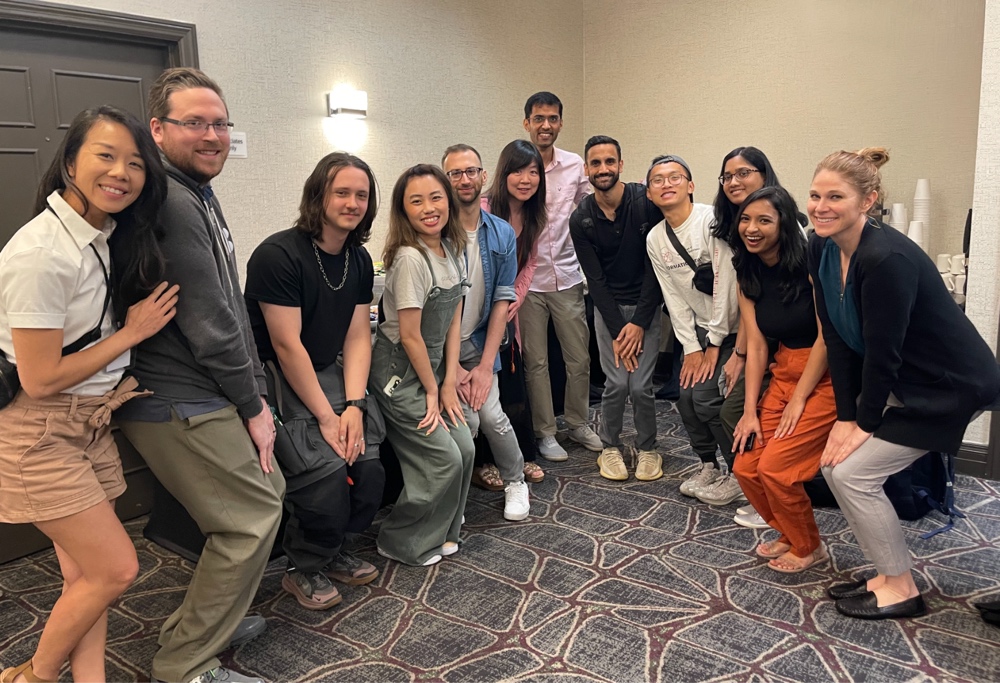
-
Heavily Team Oriented
Ask us about our spirit weeks.
In the early days of Curai, we were a team who ate lunch together every day. Now that we’re remote-first, our team-oriented camaraderie is expressed through company activities and celebrations (recent events include a Star Wars trivia competition, at-home cheesemaking, and a talent show), jokes during stand up, and kindness toward one another. As engineers, we are quick to hop on a call to pair program and unblock each other, and start each bi-weekly team meeting with a different icebreaker activity to get to know our teammates. Many of us remain good friends outside of work even as we have spread out geographically, and stay connected by hopping on video chats or playing games together.
In terms of decision making, we used to follow a consensus-based model, but have since evolved to go through a formal design review process. This helps us strike a good balance between purely top-down and bottom-up decision making and gives all members of the team a chance to offer their insights and inputs. It also helps to distribute responsibility and ownership throughout the team so that no single person is overloaded, but also so that everyone knows with whom the proverbial buck stops.
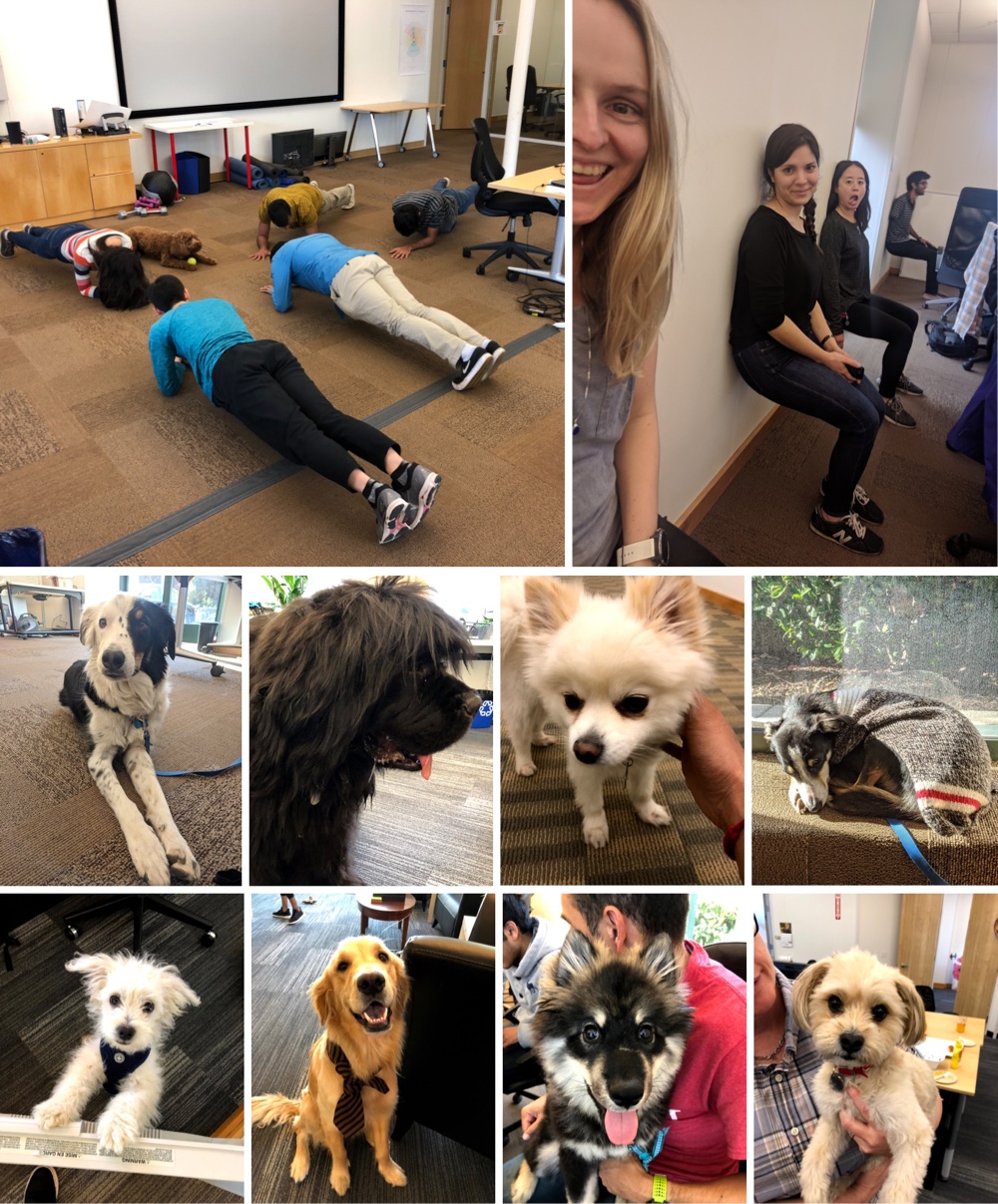
-
EQ > IQ
The old adage goes, "It isn't what you say, it is how you say it that matters."
We strongly believe in the power of empathetic communication and value it highly, so much so that it is actively selected for in our interview process. Specifically, we are looking for people who listen before speaking, are thoughtful with their words, and understand the impact they can have on others. Especially as we embrace a remote-first culture, EQ is super important to foster a strong sense of team and trust, and even more so without the ability to see people in person.
Prioritizing EQ also has a tangible impact on the product development and engineering lifecycle. As a company, we're able to have tough discussions without ever crossing any lines, and are able to "disagree and commit" without any resentment. It also contributes to our blameless culture, where wins are celebrated as a group and misses are never any individual person's fault.
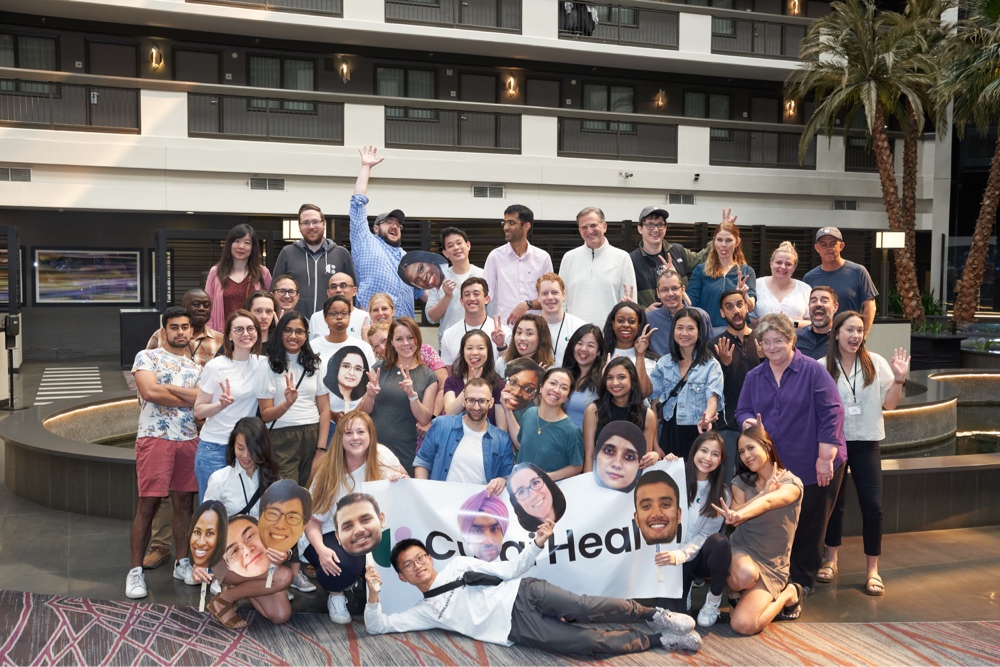
-
Work/Life Balance
Engineers at the company who have worked in a variety of startup environments confirm that Curai's work/life balance and flexibility are highlights of the Curai experience.
There are many reasons for this, but one forcing function is what we call "stage of life diversity" – some of our team members are fresh out of college while others have two kids in college, so as a team we are very respectful of coworkers' boundaries and commitments outside of work. Many of our team members have time-intensive hobbies that they are immensely passionate about, too, which we love! We think that being able to be your full self outside of work allows you to bring your best self to work. Those based in the U.S. align (loosely) around a 10 am to 5 pm Pacific Time working schedule and almost all engineers take weekends as a time to unplug and recharge.

-
Product-Driven
We are product-driven at Curai because patient care comes first.
Providing the best patient care is our North Star and always comes first. Curai's customer-facing product is an application that lets patients chat with real doctors and receive care (including diagnoses, recommendations, prescriptions, lab orders, etc). We do this by running a virtual primary care clinic, wherein we forge longitudinal relationships with our patients and help them be healthy and navigate the healthcare system. We also have a provider application that is used by our clinical associates and doctors to serve our patients. Our long-term vision for the product involves providing access to the world's best healthcare to everyone in the world, powered by AI and ML tools that drive down the cost of care while also driving up the quality. All of our teams, whether clinical product or machine learning or research or platform and infrastructure, measure their impact against metrics that are directly related to the product, with particular emphasis placed on quality and developer velocity.
As an example of how things roll up to product, consider the clinical team, which not only offers insight into medical best practices but also serves as a key stakeholder in shaping our product vision. One of our first hires in the early days of Curai was Geoff Tso, a doctor, computer scientist, and clinical faculty at Stanford who now also serves as our Head of Clinical Innovation. Geoff works across the stack in a multidisciplinary fashion to tie our automation efforts back to product, direct the future of our medical knowledge base and our interoperability efforts, and provide clinical guidance on features as they are planned and executed. Everything ends up tying back to our product efforts in one way or another. This kind of razor-sharp focus on the product and patient outcomes is part of the way we do things at Curai.
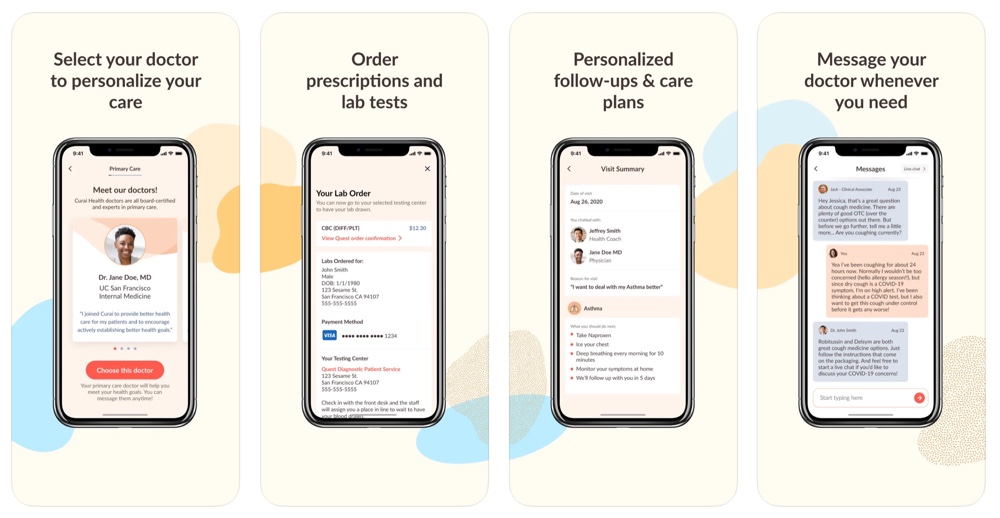
-
Team is Diverse
Our engineering team includes a beekeeper, a professional Carnatic musician, and a former midwife.
When you join Curai, you’ll be working alongside parents, athletes, music fans, cooks, Ivy League computer science grads, and engineers who took non-traditional paths. Building a diverse and inclusive team is an ongoing journey for us, and we feel we are never finished. Currently our engineering team is 45% women and 65% people of color, numbers which we'd like to continue to improve upon.
In order for us to succeed, we must build a team that reflects the diversity of the patients we serve. We believe our patient care and business will be better if those of us building it come from a variety of backgrounds. As a team we also recognize that diversity is only a piece of the puzzle; equity and inclusion are key as well. We want everyone at Curai to find a sense of belonging and be able to access the same opportunities. For example, one of the ways we foster equity is by having salary bands for our engineering roles. Our leadership also completes an annual compensation disparity audit.
In the words of Neal Khosla, our CEO, "Creating space and opportunity means making a concerted effort from the top down to help build a more inclusive organization. We're a company that is trying to build a more equitable healthcare future, and to do that we're going to need an organization with broad representation. We have to build an organization for everyone and that starts with a conscious effort to recruit, retain, develop, and create space for everyone to be successful in our org."

-
Bonded by Love for Product
We leave no stone unturned and no pixel unexamined to make our product the best it can be.
Everyone at Curai is deeply passionate about our mission and making our product the best it can be. On the engineering team specifically, this manifests itself in the form of attention to detail and passion for making improvements. The team leaves no stone unturned and no pixel unexamined in our efforts to build the absolute best product that we can. Part of the magic at Curai is how directly impactful one can be on real users. Many of our engineers ship code to production within their first few weeks of joining, code that then finds its way into the hands of thousands of real people who are actively using Curai to help improve their health and wellness.
This calling ends up being one of the core reasons why people join the company. For example, Anitha Kannan, founding member and our Head of Machine Learning Research, came over to Curai from Facebook AI Research (FAIR) because of Curai's mission and the chance to build a world-changing product from the ground up. In her words:
"It is a deeply humbling opportunity to touch others' lives at the right time and in ways that matter to them. At Curai, I know that I am focused towards that North Star of equitable healthcare access to all, by joining forces with world-class Curaians who truly care and have the diverse expertise required to realize this goal."
